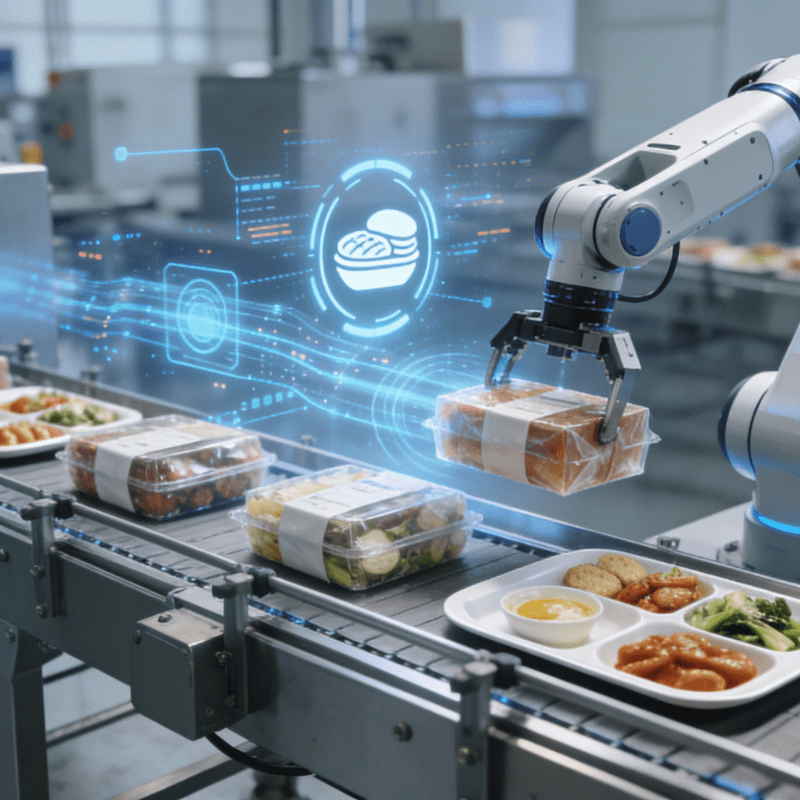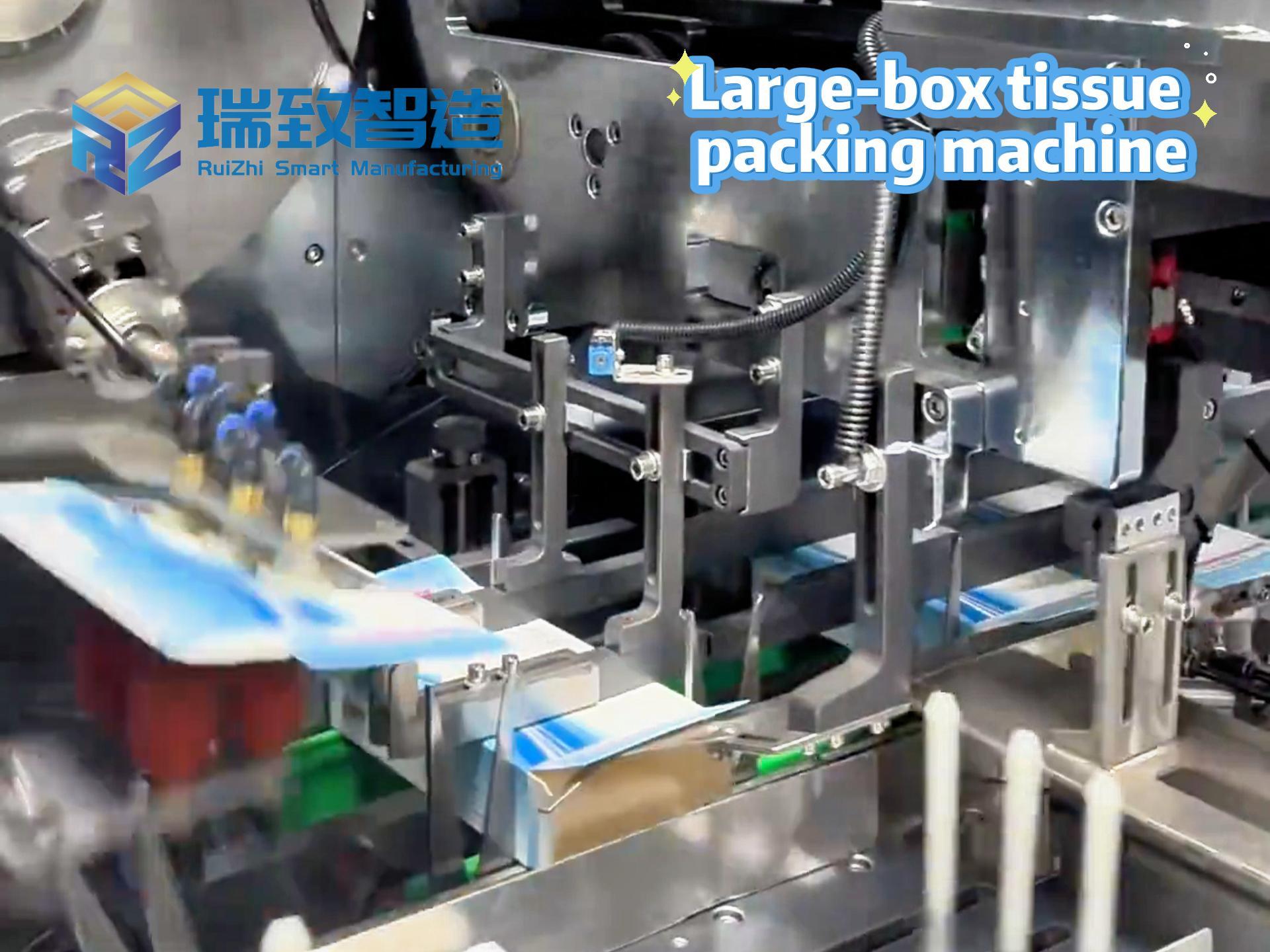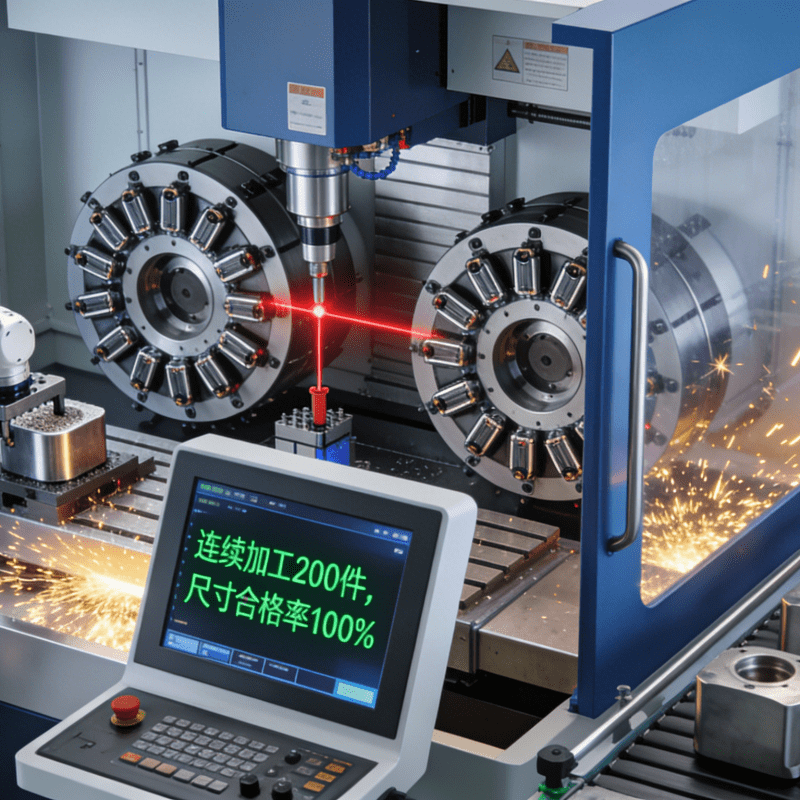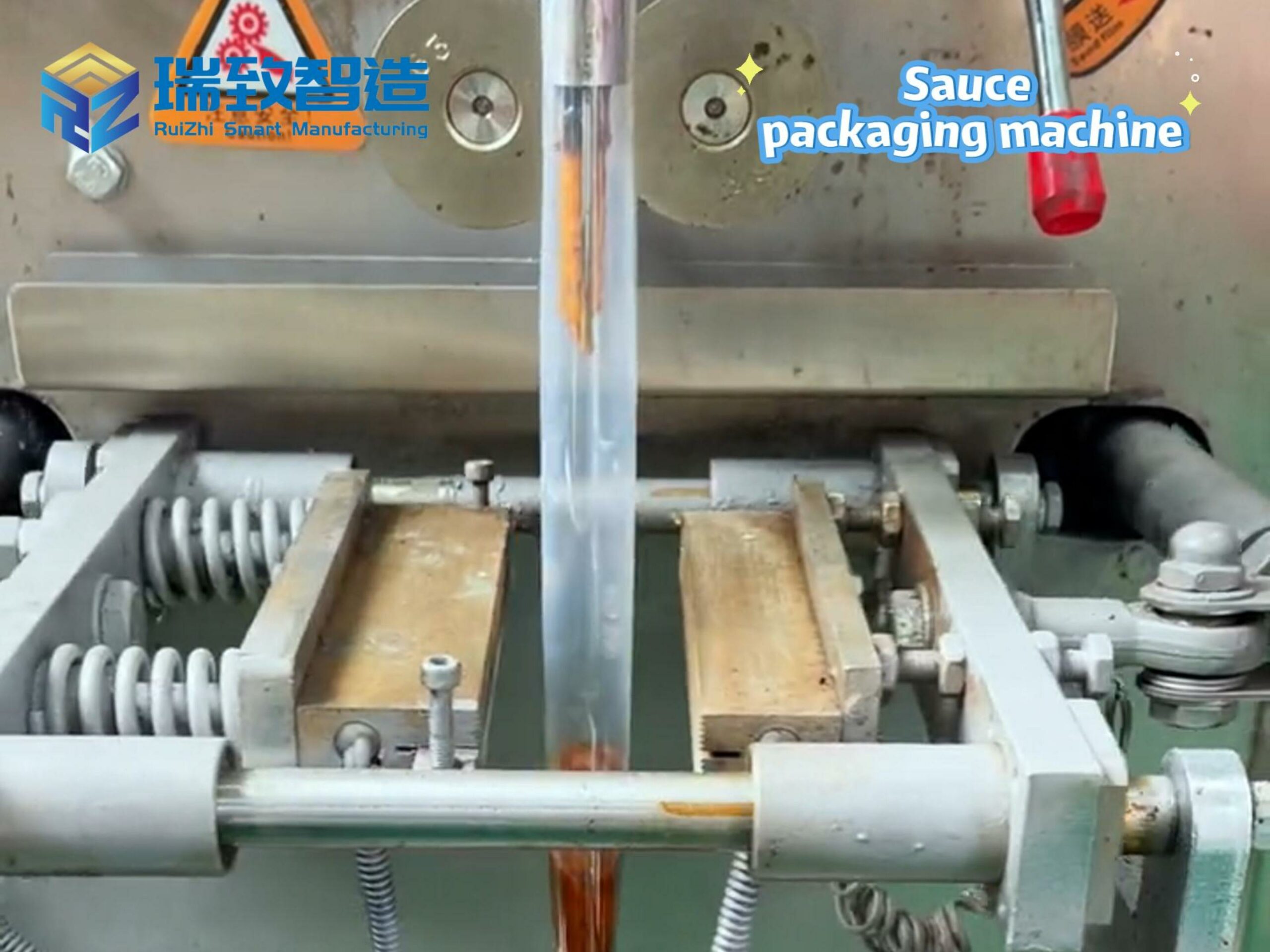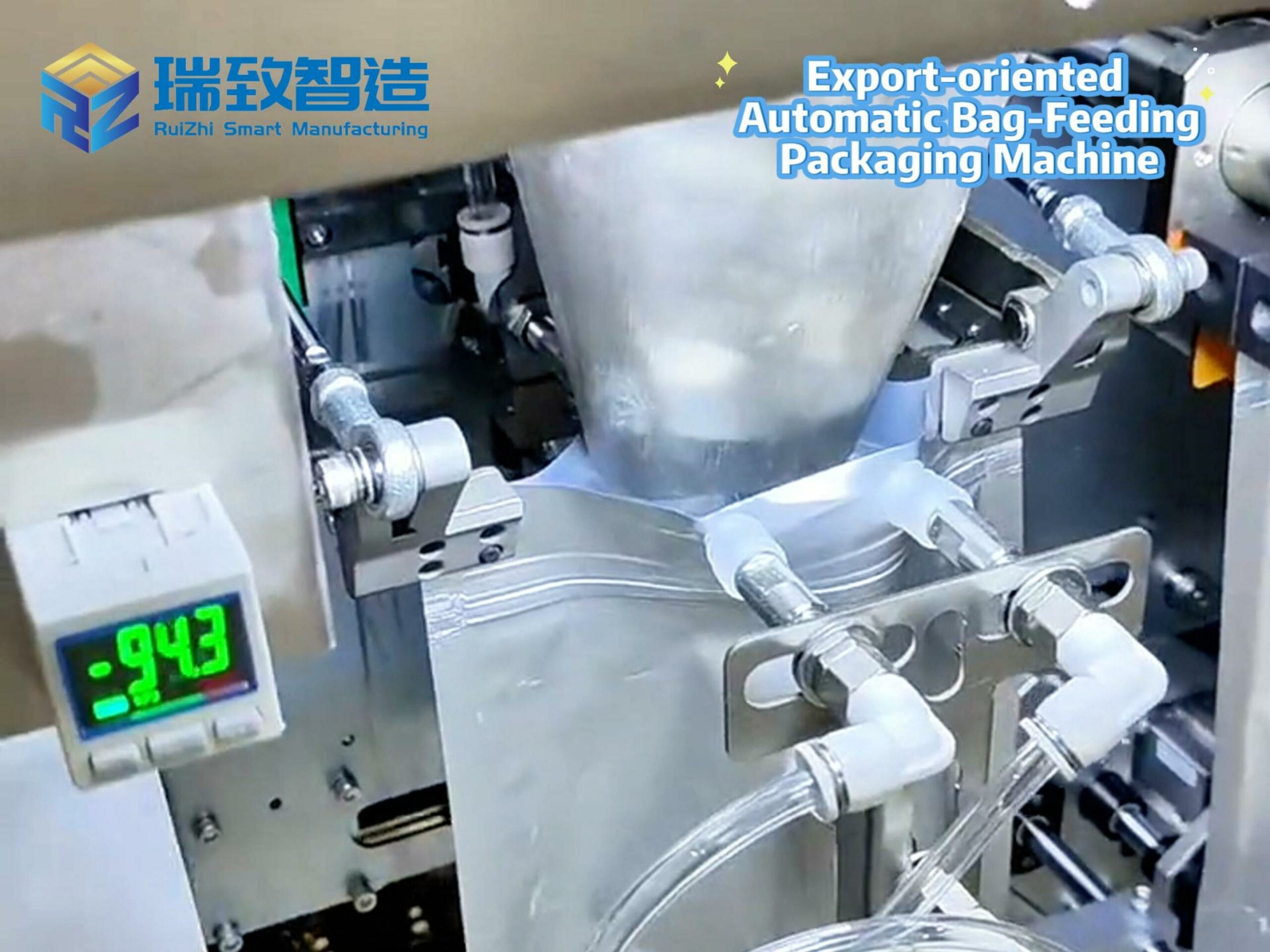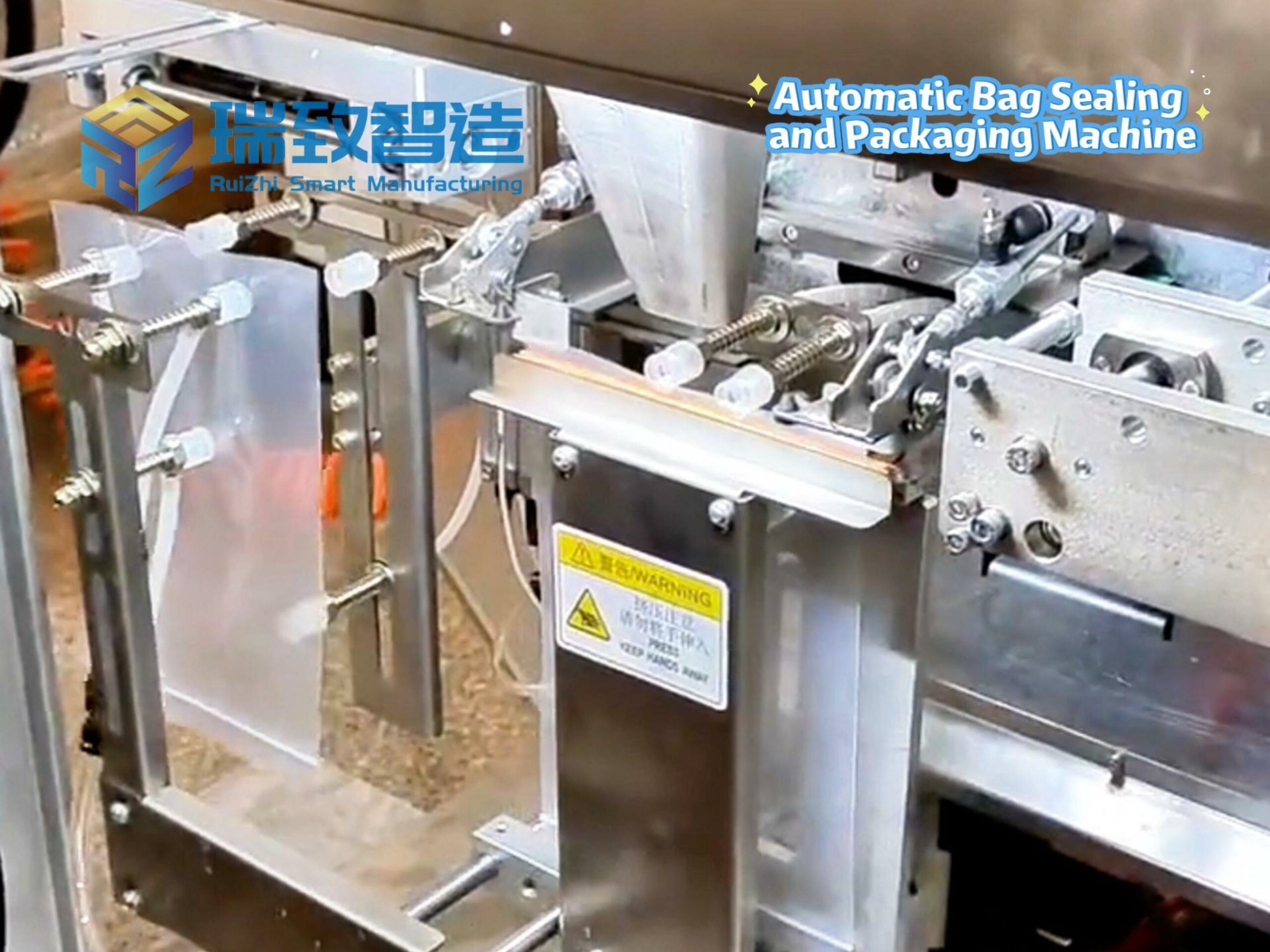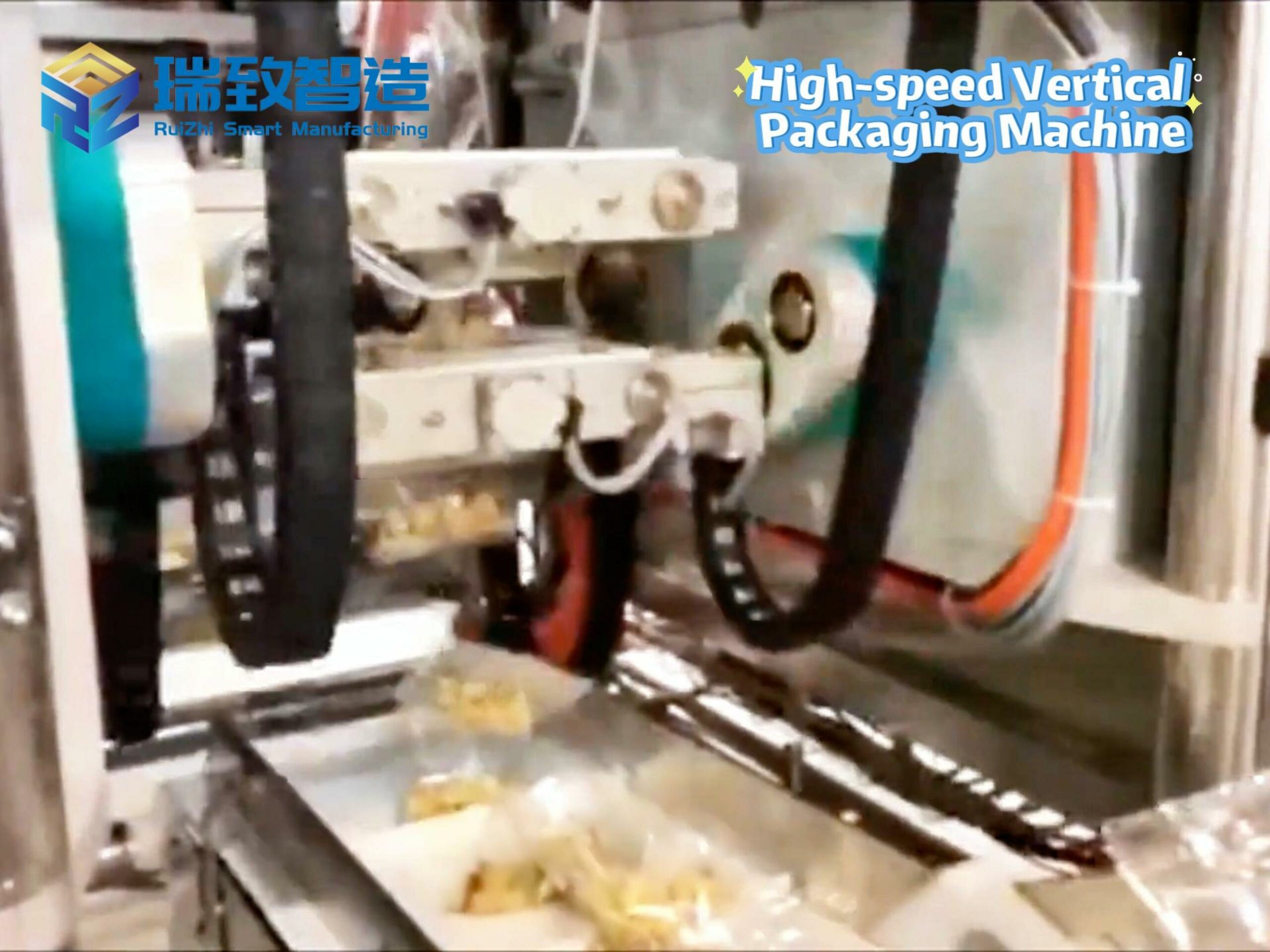In the intricate dance of modern manufacturing, where precision, speed, and consistency define success, RoboticAssemblyMachine has emerged as a transformative force. These automated systems, combining robotic arms, advanced sensors, and intelligent software, have redefined assembly processes across industries—from automotive plants churning out millions of parts to medical facilities crafting delicate devices. More than just mechanical arms, they are integrated solutions that marry brute strength with surgical precision, adapting to diverse tasks while eliminating the limitations of human labor. This article explores the anatomy, capabilities, applications, and evolution of RoboticAssemblyMachine, revealing how they have become indispensable in the quest for manufacturing excellence.
Defining RoboticAssemblyMachine: Beyond Mechanical Motion
A RoboticAssemblyMachine is a specialized automated system designed to perform assembly tasks—joining, fastening, fitting, or aligning components—using robotic arms as its core. Unlike standalone robots, these machines are engineered as end-to-end solutions, integrating hardware (robots, grippers, conveyors) and software (programming, vision systems, AI) to execute complex sequences with minimal human intervention.
At their heart lies a simple yet powerful mission: to replace or augment manual assembly, which is prone to fatigue, error, and inefficiency, especially for repetitive or precision-critical tasks. Whether assembling a smartphone’s microchips, a car’s transmission, or a pacemaker’s circuit board, RoboticAssemblyMachine brings consistency to processes where even a 0.1mm misalignment can compromise functionality.
Core Components: The Building Blocks of RoboticAssemblyMachine
A RoboticAssemblyMachine’s prowess stems from the seamless collaboration of its key components, each tailored to enable precision, adaptability, and reliability:
1. Robotic Arm: The “Hand” of Assembly
The robotic arm is the machine’s workhorse, available in configurations ranging from 3-axis (for simple linear tasks) to 6-axis (for complex, multi-directional movements). Advanced models (e.g., Fanuc LR Mate 200iD, ABB IRB 1200) offer:
Repeatability: ±0.02mm precision, critical for tasks like inserting 0.5mm pins into circuit boards.
Payload Capacity: From grams (for microelectronics) to hundreds of kilograms (for automotive parts).
Flexibility: Programmable motion paths, allowing quick reprogramming for new products.
2. End-Effectors: The “Fingers” Adapting to Tasks
End-effectors—customized tools attached to the robotic arm—determine the machine’s ability to handle diverse components:
Grippers: Vacuum grippers (for flat surfaces like phone screens), mechanical jaws (for metal brackets), or magnetic grippers (for ferrous parts) adjust grip strength via sensors to avoid damaging delicate items.
Fastening Tools: Automated screwdrivers, riveters, or welders with torque control (e.g., Atlas Copco’s QMC series) ensure screws are tightened to exact specifications (e.g., 5 Nm for electronics, 50 Nm for automotive parts).
Dispensing Tools: For applying adhesives or sealants, with programmable flow rates to ensure uniform coverage (critical for waterproofing medical devices).
3. Sensing Systems: The “Eyes and Hands” Ensuring Accuracy
Sensors transform robotic arms from mechanical movers into intelligent assemblers:
Machine Vision: 2D/3D cameras (e.g., Cognex VisionPro) guide the robot to locate misaligned parts, inspect for defects, or verify correct assembly (e.g., ensuring a connector is fully seated).
Force-Torque Sensors: Embedded in the arm or end-effector, these detect resistance (e.g., when inserting a part) and adjust force in real time—preventing damage to fragile components like glass panels or medical catheters.
Proximity Sensors: Detect part presence to avoid empty picks, ensuring the assembly sequence proceeds without errors.
4. Control System: The “Brain” Coordinating Operations
The control system synchronizes all components, using:
Robot Controllers: Dedicated software (e.g., KUKA KRC4, Yaskawa MotoPlus) to program motion paths, set parameters (speed, force), and integrate with other machines.
PLCs (Programmable Logic Controllers): Manage the broader assembly line, triggering the robotic machine to start tasks (e.g., signaling when a part arrives on the conveyor) and communicating with upstream/downstream equipment.
HMI (Human-Machine Interface): Touchscreens or software dashboards allow operators to monitor performance, adjust settings, or troubleshoot errors (e.g., pausing the machine if a part is misfed).
Technical Capabilities: What Makes RoboticAssemblyMachine Indispensable
RoboticAssemblyMachine excels in tasks that challenge human workers, thanks to four key capabilities:
1. Micro-Precision Assembly
In electronics or medical device manufacturing, where components measure in millimeters or microns, these machines deliver unmatched accuracy. For example:
A robotic assembler inserting 0.3mm LEDs into a circuit board can align components with ±0.01mm precision—far beyond human capability—reducing defects from 5% (manual) to 0.01%.
In watchmaking, robotic arms assemble tiny gears (diameter <2mm) with consistent torque, ensuring timepieces keep accurate time.
2. High-Speed Repetition
For high-volume production, RoboticAssemblyMachine operates at relentless speeds without fatigue:
An automotive line using robotic assemblers can fasten 60 bolts per minute on a car chassis—equivalent to 3 human workers, but with zero errors from tired hands.
A smartphone plant’s robotic machines assemble 1,200 devices per hour, a rate impossible to match with manual labor.
3. Flexibility for Mixed-Model Production
Modern RoboticAssemblyMachine adapts quickly to product variants, a critical trait in era of mass customization:
A furniture manufacturer’s robotic line switches between assembling 5 chair models by recalling preprogrammed paths for each design—changing over in 5 minutes, compared to 2 hours with manual setup.
In aerospace, robots adjust gripper size and torque settings to assemble both aluminum and titanium parts for aircraft engines, handling material variations seamlessly.
4. Collaboration with Human Workers
“Cobotic” assembly machines (collaborative robots) work alongside humans, with safety features like force-limiting arms and collision sensors:
A worker loads a car door onto a fixture; the cobot then welds hinges with precision, while the human inspects the final product—combining human judgment with robotic accuracy.
In electronics repair, a cobot holds a circuit board steady while a technician solders delicate components, reducing the risk of 手抖 – induced errors.
Industry Applications: Transforming Assembly Across Sectors
RoboticAssemblyMachine has permeated diverse industries, each leveraging its capabilities to solve unique challenges:
Automotive: The Pioneering Sector
Automotive manufacturing was the first to widely adopt robotic assemblers, and today they handle 70% of assembly tasks:
Case Study: A German automaker uses 20 robotic arms to assemble electric vehicle (EV) batteries. Each arm picks battery cells (weight 500g), aligns them in a housing, and applies thermal paste—all in 45 seconds per battery. The system handles 8 battery variants (different cell counts) by switching end-effectors and recalling stored programs, cutting changeover time from 4 hours (manual) to 10 minutes. Defect rates dropped from 2% to 0.1%, saving $2M annually in rework.
Electronics: Taming Miniaturization
As consumer electronics shrink (e.g., foldable phones, wearables), RoboticAssemblyMachine is the only viable solution:
Case Study: A South Korean tech firm deploys robotic assemblers to build foldable phone hinges—complex mechanisms with 20+ parts (pins, springs, gears). Vision systems guide the robot to align parts within 0.02mm, while force sensors ensure springs are tensioned correctly (too loose, and the hinge fails; too tight, and the screen cracks). Manual assembly of these hinges had a 15% defect rate; robotic assembly reduced it to 0.5%.
Medical Devices: Compliance and Precision
Medical assembly demands strict compliance (FDA, ISO) and traceability, making robotic machines ideal:
Case Study: A U.S. company uses robotic assemblers to produce insulin pumps. Each machine logs every action (e.g., “8:32 AM: Applied 0.4N force to reservoir seal”) in a digital audit trail—simplifying FDA inspections. Force-controlled arms handle plastic components gently, avoiding scratches that could harbor bacteria, and vision systems verify that dose markers are printed correctly. Small-batch runs (1,000 units) that once took 2 weeks (manual) now take 3 days, with 100% compliance.
Aerospace: Building for Extreme Environments
Aerospace components (e.g., turbine blades, avionics) require assembly that withstands extreme heat, pressure, and vibration:
Case Study: A European aerospace firm uses robotic assemblers to fasten 200 bolts on a jet engine casing. Each bolt must be torqued to 80 Nm (±1 Nm) to prevent leaks at 1,000°C. Robotic arms with torque sensors and vision guidance achieve this consistency, while manual workers would struggle to meet tight tolerances. The result: engine failure rates reduced by 40%.
Advantages Over Manual Assembly
The benefits of RoboticAssemblyMachine extend far beyond speed, with measurable impacts on cost, quality, and safety:
Metric Manual Assembly RoboticAssemblyMachine
Defect Rate 2–5% (varies by task) 0.01–0.5%
Labor Cost $25–$40/hour (including benefits) $8–$12/hour (electricity + maintenance)
Throughput 20–50 units/hour (human pace) 100–500 units/hour (24/7 operation)
Safety Incidents 3–5 per 100 workers/year <0.1 per machine/year (collision sensors)
Scalability Limited by workforce size Easily add shifts/machines
Challenges and Mitigation Strategies
Despite their advantages, adopting RoboticAssemblyMachine requires addressing key hurdles:
1. High Initial Investment
A single robotic assembly cell can cost $50,000–$500,000, a barrier for small manufacturers.
Solution:
Phased adoption: Start with high-return tasks (e.g., error-prone manual steps) to justify ROI.
Leasing or “robot-as-a-service” (RaaS) models reduce upfront costs, with monthly fees based on usage.
2. Complex Programming
Programming robotic paths for new products demands specialized skills, limiting flexibility.
Solution:
User-friendly software (e.g., Universal Robots’ Polyscope) with drag-and-drop interfaces allows operators to program robots in hours, not days.
Offline programming tools (e.g., ABB RobotStudio) let engineers test paths virtually, avoiding downtime.
3. Integration with Legacy Systems
Older factories with manual conveyors or outdated sensors may struggle to connect with robotic machines.
Solution:
Retrofit legacy equipment with IoT sensors to enable communication with robots.
Use modular cells (e.g., FANUC’s CRX collaborative cells) that integrate with existing lines via standard interfaces.
4. Maintenance and Downtime
Robotic systems require regular upkeep (e.g., lubricating joints, calibrating sensors), risking production delays.
Solution:
Predictive maintenance: AI-powered sensors monitor arm vibration, motor temperature, and gripper wear, alerting teams to service needs before breakdowns.
On-site technician training ensures quick fixes for common issues (e.g., jammed grippers).
Future Trends: The Next Generation of RoboticAssemblyMachine
As technology advances, RoboticAssemblyMachine will grow smarter, more flexible, and more integrated:
1. AI-Driven Self-Optimization
Machine learning algorithms will enable robots to adapt in real time:
A robotic assembler detecting frequent misalignments of a new part will adjust its vision parameters autonomously, reducing errors without human input.
AI will optimize motion paths to cut cycle times by 10–15%—e.g., reordering bolt-fastening steps to minimize arm movement.
2. Digital Twin Integration
Virtual replicas of robotic assembly cells will simulate production before physical implementation:
Engineers testing a new phone model’s assembly sequence in a digital twin can identify collision risks or bottlenecks, saving weeks of physical trial-and-error.
Twins will sync with real machines, allowing remote monitoring and troubleshooting (e.g., a technician in Tokyo adjusting a robot in Detroit via the twin).
3. Swarm Robotics for Complex Assembly
Small, coordinated robots will tackle large or intricate products:
A “swarm” of 10 mini-robots assembling a car dashboard—each handling a specific task (installing vents, wiring, displays)—working in parallel to cut cycle times by 50%.
4. Sustainable Design
Future robotic assemblers will prioritize energy efficiency:
Low-power motors and regenerative braking (capturing energy when the arm decelerates) will reduce electricity use by 30%.
Lightweight materials (carbon fiber arms) will cut energy consumption while maintaining strength.
Conclusion: RoboticAssemblyMachine as the Future of Manufacturing
RoboticAssemblyMachine has evolved from niche tools to the backbone of modern manufacturing, enabling precision, speed, and flexibility that redefine what’s possible. In a world where consumers demand customization, regulators enforce stricter quality standards, and labor shortages persist, these machines are not just “automation”—they are enablers of innovation.
From assembling life-saving medical devices to building the next generation of electric vehicles, from crafting tiny electronics to constructing aerospace giants, RoboticAssemblyMachine proves that the future of assembly is not just robotic, but intelligent, adaptive, and human-centric. As they grow smarter and more accessible, they will continue to level the playing field, allowing manufacturers of all sizes to compete in a global market—one precise, efficient assembly at a time.
#what is fixed automation #flexible automation systems pvt ltd


